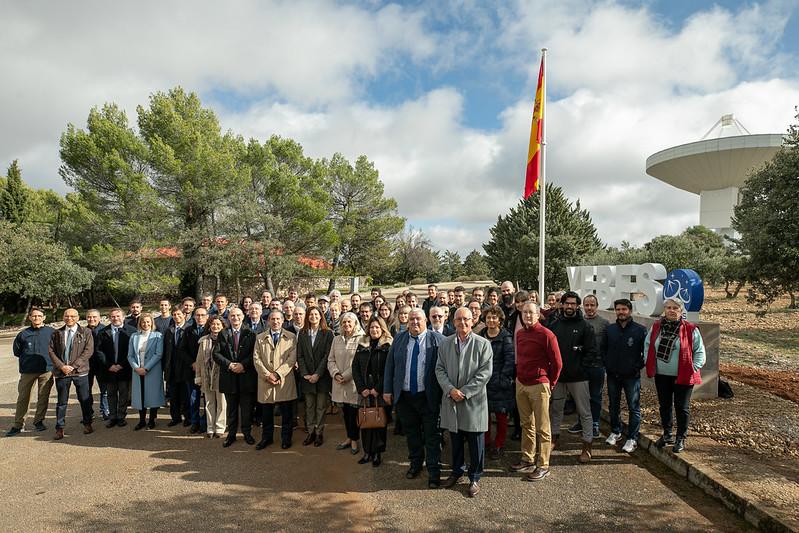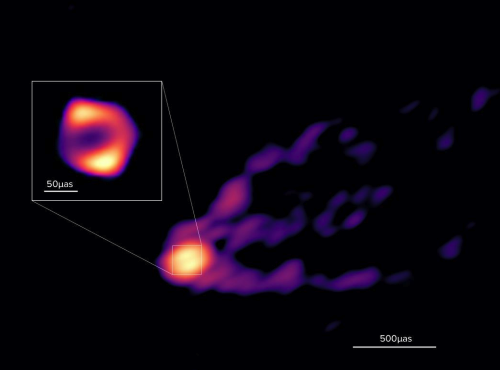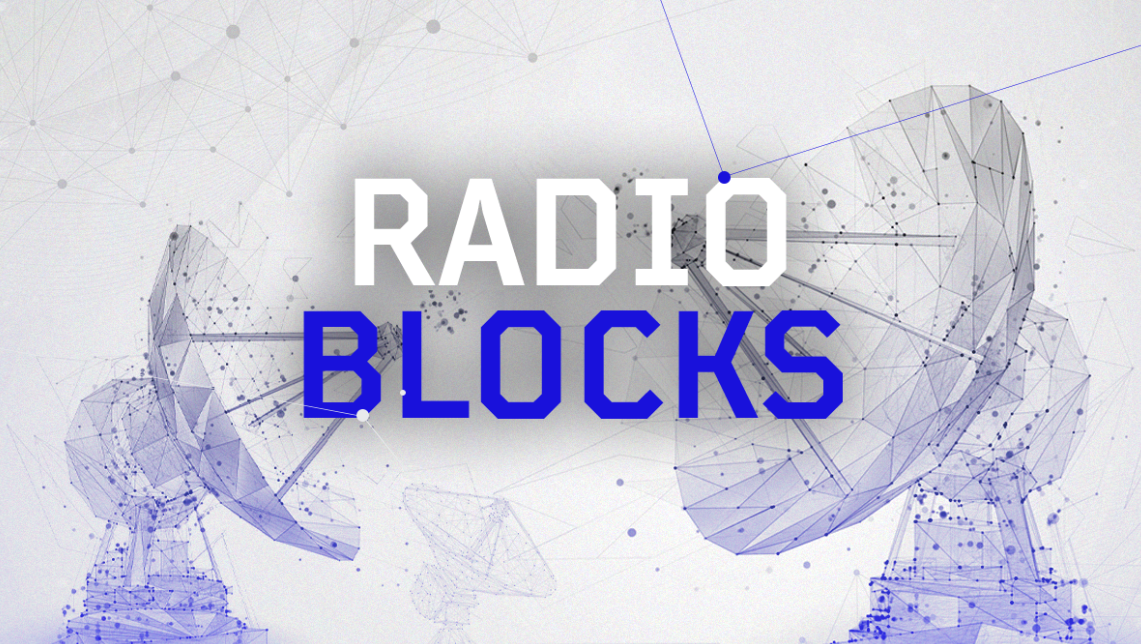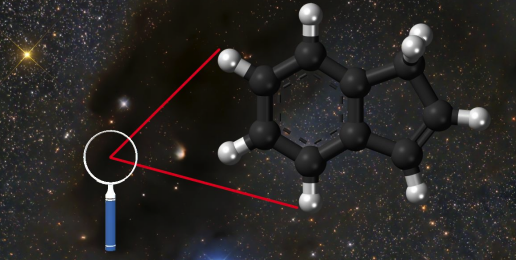| YEBES OBSERVATORY |
| A Spanish Scientific and Technical Infrastructure |
Older News
The renewal of the Yebes Observatory is now ready
 The ministery of transport, movility and urban agenda has inaugurated today the new facilities and infrastructures of the Yebes Observatory at Guadalajara, strengthening it as a worldwide reference in radioastronomy. This renewal has been co-financed by the european funds FEDER. Some of the updates include a new laser telemetry system, to allow the monitoring the geodynamical changes of our planet. This enhancement makes Yebes become one of the eight fundamental stations of Geodetic observation of the Global Geodetic Observing System.
The ministery of transport, movility and urban agenda has inaugurated today the new facilities and infrastructures of the Yebes Observatory at Guadalajara, strengthening it as a worldwide reference in radioastronomy. This renewal has been co-financed by the european funds FEDER. Some of the updates include a new laser telemetry system, to allow the monitoring the geodynamical changes of our planet. This enhancement makes Yebes become one of the eight fundamental stations of Geodetic observation of the Global Geodetic Observing System.
References (in Spanish):
- Ministery press release: Mitma inaugura la ampliación y renovación del Observatorio de Yebes, financiada con los fondos europeos Feder
A new image of the M87 black hole reveals the birth of the powerful jet of particles emanating from its shadow.
 An international scientific team, with the participation of the Yebes Observatory (IGN,
MITMA) and the University of Valencia, has just published a new image of the black hole
in M87, showing, for the first time, the birth of a powerful
jet of particles emanating from its central region. This time, the data allow us to see, in addition to the central shadow, the birth of the jet of energetic particles emanating from this region at speeds close to the speed of light.
An international scientific team, with the participation of the Yebes Observatory (IGN,
MITMA) and the University of Valencia, has just published a new image of the black hole
in M87, showing, for the first time, the birth of a powerful
jet of particles emanating from its central region. This time, the data allow us to see, in addition to the central shadow, the birth of the jet of energetic particles emanating from this region at speeds close to the speed of light.
References (in Spanish):
- IGN newsletter: Nueva imagen del agujero negro de M87 mostrando una estructura en forma de anillo que conecta el agujero negro y el chorro de partículas
RADIOBLOCKS: A New European Consortium to develop Next Generation Technologies for Radio Astronomy Infrastructures
 The RADIOBLOCKS project, coordinated by JIVE ERIC and including major European research infrastructures for radio astronomy such as the Yebes Observatory, together with partners from industry and academia, has been granted 10 M€
by the European Commission to develop “common building blocks” for technological solutions beyond state-of-the-art, that will enable a broad range of new science and enhance European scientific competitiveness.
The RADIOBLOCKS project will start on 1 March 2023.
The RADIOBLOCKS project, coordinated by JIVE ERIC and including major European research infrastructures for radio astronomy such as the Yebes Observatory, together with partners from industry and academia, has been granted 10 M€
by the European Commission to develop “common building blocks” for technological solutions beyond state-of-the-art, that will enable a broad range of new science and enhance European scientific competitiveness.
The RADIOBLOCKS project will start on 1 March 2023.
References:
- JIVE newsletter: RADIOBLOCKS: a new European Consortium to develop Next Generation Technologies for Radio Astronomy Infrastructures
The IGN 40m radio telescope participates in the discovery in space of a key molecule in the origin of life: ethanolamine.
 The Spanish 40m radio telescopes of the Yebes Observatory, equipped with the
Nanocosmos receiver, and the 30m radio telescope of IRAM have detected for the first time ethanolamine
in interstellar space. Ethanolamine is one of the components of
phospholipids, the molecules that make up cell membranes. This
discovery will help to understand how the first cell membranes
could have formed, a crucial issue in the origin of life.
The Spanish 40m radio telescopes of the Yebes Observatory, equipped with the
Nanocosmos receiver, and the 30m radio telescope of IRAM have detected for the first time ethanolamine
in interstellar space. Ethanolamine is one of the components of
phospholipids, the molecules that make up cell membranes. This
discovery will help to understand how the first cell membranes
could have formed, a crucial issue in the origin of life.
References (in Spanish):
- IGN newsletter: Detection of ethanolamyne in space
Polycyclic aromatic hydrocarbons in the interstellar medium
 The 40m radio telescope of the Yebes Observatory has made the first unambiguous detection of a pure PAH (indene) in an unexpected place. This has been
possible thanks to the new Q- and W-band radio astronomical receivers,
built by IGN engineers within the Nanocosmos-ERC project
funded by the European Research Council. Since their commissioning, these new highly sensitive receivers
are providing new and valuable information on the interstellar medium and have
turned the 40m radio telescope into a highly competitive instrument in the
international panorama.
The 40m radio telescope of the Yebes Observatory has made the first unambiguous detection of a pure PAH (indene) in an unexpected place. This has been
possible thanks to the new Q- and W-band radio astronomical receivers,
built by IGN engineers within the Nanocosmos-ERC project
funded by the European Research Council. Since their commissioning, these new highly sensitive receivers
are providing new and valuable information on the interstellar medium and have
turned the 40m radio telescope into a highly competitive instrument in the
international panorama.
References (in Spanish):
- IGN newsletter: Discovery of PAHs (Indene) in interstellar medium